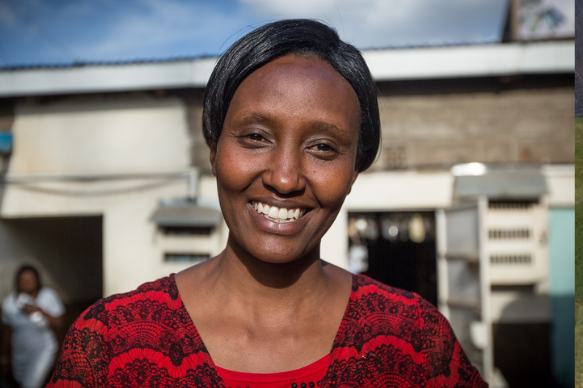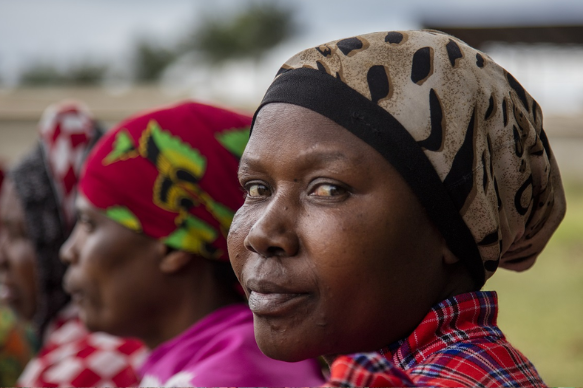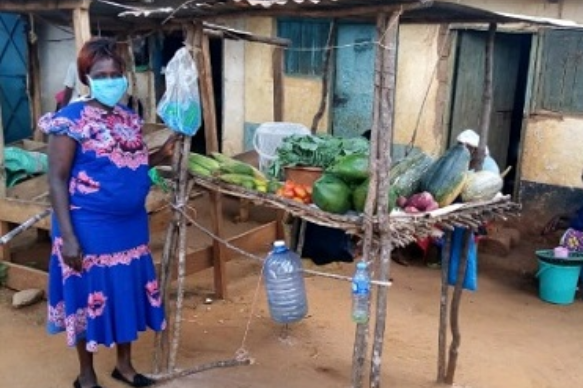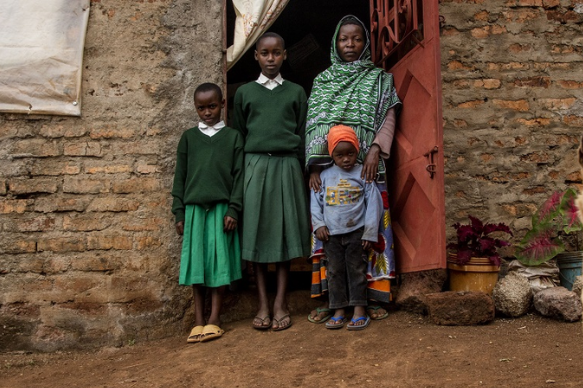Our impact
Hand in Hand works towards two aims: financially strong families, and women who have the money – and power – to make decisions for themselves and the people they love.
Our impact at a glance
84%
of women with the power to make decisions
93%
average increase in income
5.2m
Micro-businesses launched
9.3m
Jobs created and grown
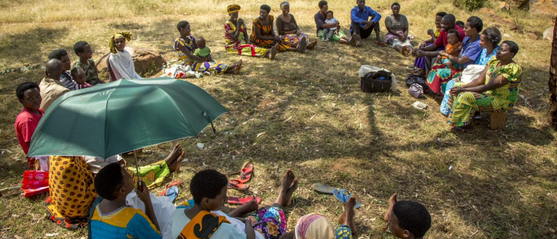
How we work
Hand in Hand combines group savings, business and skill training, microfinance and links to bigger markets. Members learn new attitudes, skills and behaviours at every step of the way.
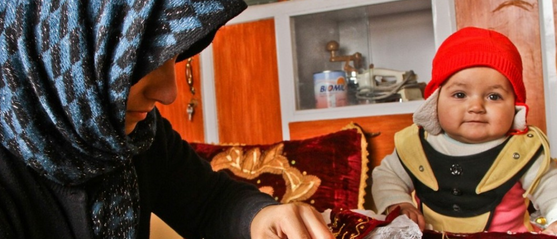
Entrepreneur stories
Hand in Hand has trained millions of members. Every one has a story to tell.
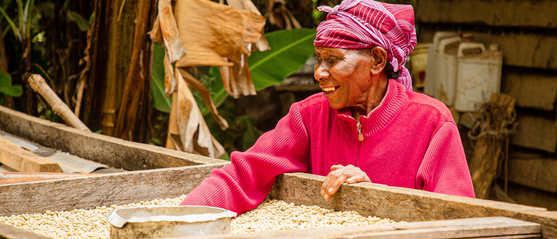
Reports
Independent, in-house, and across our global network: evidence from our projects.
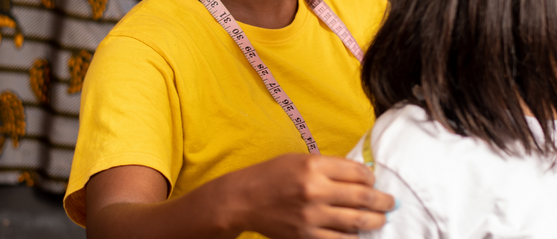
What we measure
Talk to our team about how we achieve your CSR goals and improve life – sustainably – for thousands of families.
Our partnerships in action
Fighting poverty in Kenya with Visa
We teamed up with Visa to reach 10,200 women to lift their families out of poverty in some of Kenya’s most disadvantaged regions.
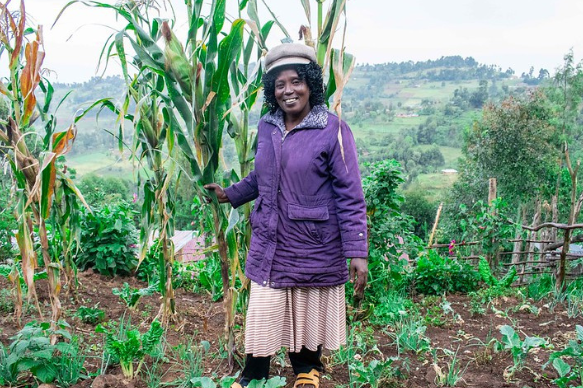
Planet friendly farming with IKEA
Thanks to the IKEA Foundation we will train 1,600 smallholder farmers in regenerative and circular practices to increase productivity and reduce poverty.
Partnering with Cartier Philanthropy to empower women
This groundbreaking project works with men to tackle restrictive attitudes that hold women back.
Our success stories
Faith, Tanzania
How one woman found a way to provide for her family when her husband lost his job.
Rozi-Khal, Afghanistan
A former refugee turned poultry farmer who can now provide for her children.

Amalia Johnsson
Deputy CEOAmalia has worked in international development for more than 12 years, specialising in financial inclusion and supporting rural livelihoods. Prior to joining Hand in Hand, she was Head of Financial Sector Development at Nathan Associates, overseeing the organisation’s portfolio of financial sector focused work.
ajohnsson@hihinternational.orgTel: 020 7514 5091

Charlie Strawa
Fundraising ManagerCharlie has worked in the not-for-profit sector for nine years, building strategic relationships with individuals and organisations to meet their philanthropic objectives and drive societal change.
cstrawa@hihinternational.orgTel: +44 207 514 5091

